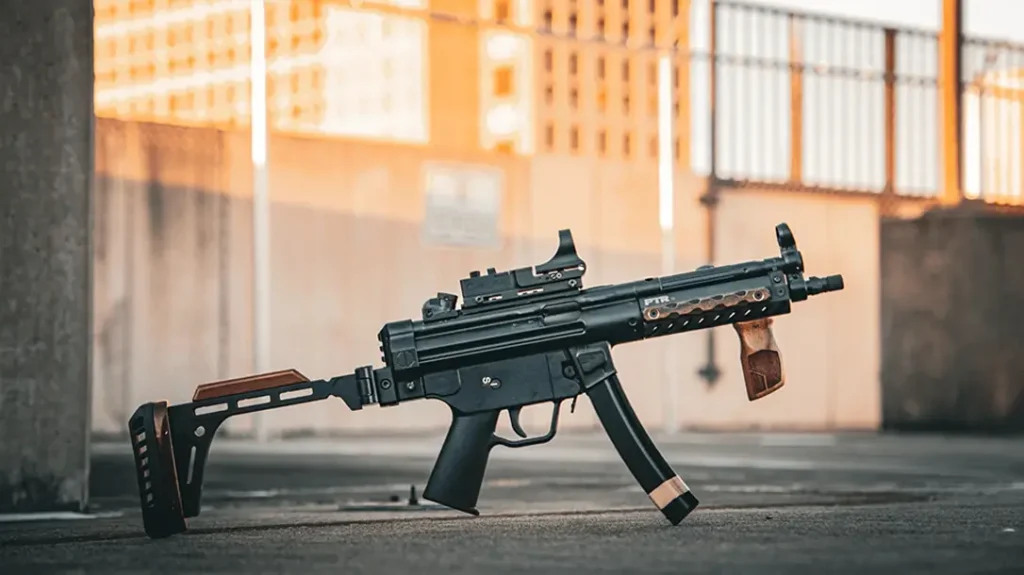&fbclid=IwAR2fyaGs8MRjW50UvtmkoiSn_CCgHe8BP56mql5rozSX7FIrLlqv4zViqbw
A single-action trigger makes firing accurate shots much easier. However, many guns designed for concealed carry come with a double-action trigger. This includes both revolvers and pistols, especially compact and subcompact handguns. Even many full-size pistols start in double action before shifting to single action after the first shot.
Advertisement — Continue Reading Below
Those who carry a DA/SA or DAO gun need to understand the best techniques for pulling the trigger. This is especially important because the first shot is often the most crucial. Ernest Langdon, of Langdon Tactical, is an expert at this, and he has tips to help make you better at squeezing these types of triggers.
Langdon claims he typically sees two types of mistakes with a double-action pull. The first is folks trying to pull the trigger like it is a single action. This involves shooters hammering through the trigger, which, according to Langdon, is difficult to do accurately. The second mistake is folks staging the trigger. Here, shooters pull the trigger almost fully before squeezing to the break. This, however, might be too slow to make a shot in a self-defense situation.
Now, Langdon admits that shooters can pull the trigger anyway they want as long as they don’t disturb the sights. The problem is learning how to do that properly.
Advertisement — Continue Reading Below
Rolling Through the Double-Action Trigger Pull
Langdon recommends “rolling through” the trigger pull. This basically means that shooters should pull the trigger in one continuous motion. This provides a smooth pull toward the break while allowing the shooter to keep the sights on target. However, for longer shots Langdon says shooters can stage the trigger to a certain degree, but the finger should never stop moving. Staging in this way, slowing down, allows shooters to clean up the sights just before the shot.
This method works regardless of whether using a revolver or a pistol. And one of the best ways to practice rolling through a trigger pull is via dry-fire training. In fact, dry firing can improve trigger pull regardless of the type of firearm, from rifles to handguns, even those with double-action triggers.























